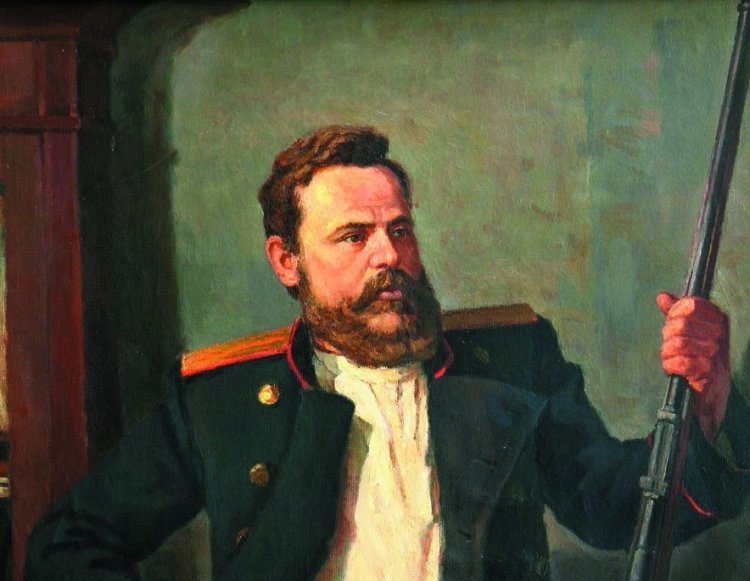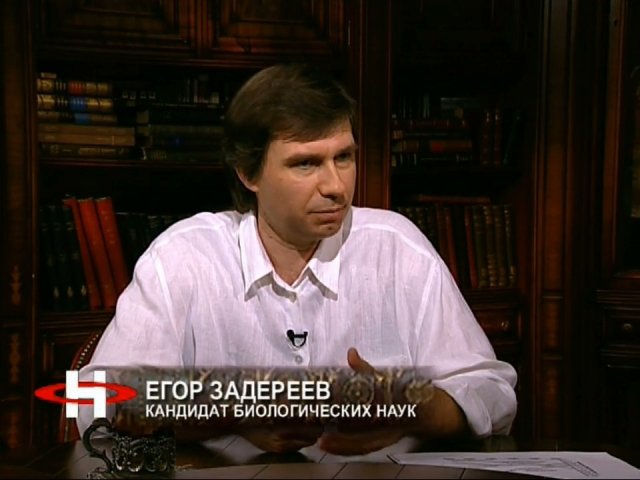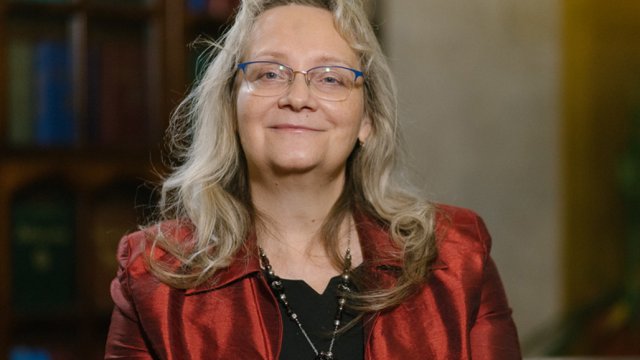Official:
Sergey Ivanovich Mosin. 2 (14 April) 1849 – 26 January (8 February) 1902. Russian engineer and organizer of small arms production. General-Major. Creator of the three-line rifle named after him.
Life and Work:
1. The old Russian measure of length – line – is equal to 1/10 of an inch, that is, 2.54 millimeters. Anyone who knows elementary school math will quickly figure out that 3 lines is 7.62 millimeters. 7,62 is a classic gun caliber. This article is about the three-line rifle and its creator, engineer Sergey Ivanovich Mosin.
2. Nowadays, monuments to the legendary Russian weapons engineer are located in Tula, Sestroretsk, and Ramon. In Tula, Mosin created his famous rifle, in Sestroretsk he served as the head of an arms factory and ended his days there. And the large village of Ramon, Voronezh Province, is Sergey Ivanovich’s birthplace – he was born there on April 14 (Gregorian calendar), 1849.
3. His father, retired lieutenant Ivan Mosin, originated from the lowest peasants; he earned the rank and nobility status with his long and faultless service. He decided to make his eldest son officer as well. There was a problem though: Ivan Ignatievich did not manage to make a fortune throughout his service. He had to take a job with a Ramon landlady as a manager.
4. The landlady gave Sergey Mosin a good home education: by the time he was ten, he had not only mastered grammar and arithmetic, but also learned French. And he entered the Voronezh Cadet Corps at the state expense.
5. The career went smoothly: Mosin graduated from the corps cum summa laudae. He entered the Mikhailovsky Artillery School, served in the artillery in Tsarskoye Selo, and after two years of faultless service, he asked for permission to enter the Mikhailovsky Artillery Academy.
6. Sergey Ivanovich left the academy as a captain with a gold medal and proceeded to work as an assistant to the workshop head at the Tula Arms Plant.
7. How did the rifle emerge? You won’t believe it – out of love. Sergey Mosin went to Tula not by his own will, but for family reasons: his father, who had lost a lot, served under the Tula landowners Arsenyevs. That was where it happened: a nerd and a recluse fascinated by his arms science much more than by beautiful female eyes fell in love like a beardless cadet.
8. Varvara Nikolaevna Arsenyeva was the wife of the owners’ son. She was taking care of two children and saw her husband extremely seldom – he lived in Moscow and St. Petersburg. The conversation with her husband ended with a challenge to a duel. The husband wrote a complaint to the authorities and demanded 50,000 rubles for the divorce. There was no money. And then Mosin created a rifle – it brought him money and the beloved woman.
9. At first, Mosin adjusted and improved the rifle invented by American Colonel Hiram Berdan. And then he created his own original three-line rifle with, as the Brockhaus and Efron Dictionary puts it, a pack system – a magazine system in modern terms.
10. Military department officials compared the Mosin rifle and the Leon Nagant weapon, and decided to adopt the Mosin three-line rifle: it was cheaper to produce, the army could be rearmed faster, and the accuracy and rate of fire was not inferior to the Belgian option.
11. On April 16, 1891, Emperor Alexander III approved the model. The rifle was adopted under the name “3-line rifle M1891”.
12. Now it is known for sure that the military department made a good choice. The three-line rifle, designed by the head of the tool workshop of the Tula Arms Plant, Sergey Ivanovich Mosin, accompanied Russian-Soviet soldiers in four wars, starting with the Russo-Japanese War, and was withdrawn from service only in 1950. And it is still remembered fondly!
13. In the same year, 1891, 16 years after the first meeting, the lovers’ fates united.
14. In 1894, Colonel Mosin was appointed head of the Sestroretsk Arms Plant. Together with his wife and three stepsons, he arrived in Sestroretsk, where he lived for eight happy years until his early death.
15. During his lifetime, Sergey Ivanovich was awarded the Order of St. Anna, 3rd and 2nd class, as well as the Order of St. Vladimir, 4th and 3rd class. And on the very day of General-Major Mosin’s death, a prize in his name was established to reward outstanding arms engineers. After the revolution, the prize was not awarded, but since 1960 it has been awarded again. In Tula which is now the center of the country’s arms industry.






















